Filter by

Burdened By Race: Coloured Identities in Southern Africa
Since its emergence in the late 19th century, coloured identity has been pivotal to racial thinking in southern Africa. The nature of colouredness is a highly emotive and controversial issue as it embodies many of the racial antagonisms, ambiguities and derogations prevalent in the subcontinent. Throughout their existence coloured communities have had to contend with being marginal minorities s…
- Edition
- -
- ISBN/ISSN
- 9781919895147
- Collation
- -
- Series Title
- -
- Call Number
- 301 BUR b
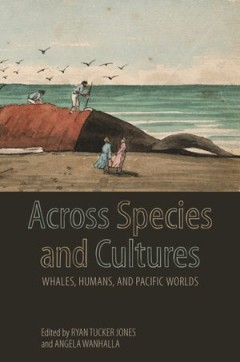
Across species and cultures (EPUB): Whales, Humans, and Pacific Worlds
More than any other locale, the Pacific Ocean has been the meeting place between humans and whales. From Indigenous Pacific peoples who built lives and cosmologies around whales, to Euro-American whalers who descended upon the Pacific during the nineteenth century, and to the new forms of human-cetacean partnerships that have emerged from the late twentieth century, the relationship between the…
- Edition
- -
- ISBN/ISSN
- 9780824892142
- Collation
- -
- Series Title
- -
- Call Number
- 301 ACR a
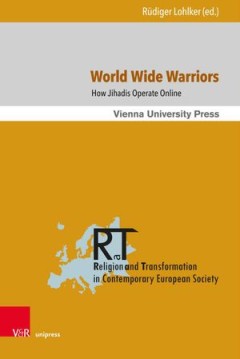
World Wide Warriors BOOK 2019 World Wide Warriors How Jihadis Operate Online
The contributions of this volume aim at a new, evidence based approach to Jihadism studies. What is the structure of Jihadi online communication and the dissemination of operational material online? Which errors were made by conventional Jihadism research? Which programs, apps, etc. use Jihadis to further their online communication? Next to these questions the contributors discuss the evident i…
- Edition
- -
- ISBN/ISSN
- 9783847109389
- Collation
- -
- Series Title
- -
- Call Number
- -
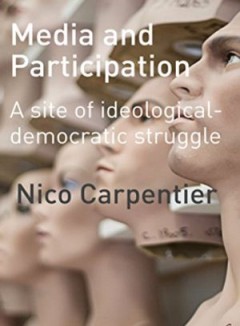
Media and Participation A site of ideological-democratic struggle
Participation has become fashionable again, but at the same time it has always played a crucial role in our contemporary societies, and it has been omnipresent in a surprisingly large number of societal fields. In the case of the media sphere, the present-day media conjuncture is now considered to be the most participatory ever, but media participation has had a long and intense history. To dea…
- Edition
- -
- ISBN/ISSN
- 9781841504070
- Collation
- -
- Series Title
- -
- Call Number
- -

Europe Faces Europe Narratives from Its Eastern Half
Europe Faces Europe examines Eastern European perspectives on European identity. The contributors to this volume map narratives of Europe rooted in Eastern Europe, examining their relationship to philosophy, journalism, social movements, literary texts, visual art, and popular music. Moving the debate and research on European identity beyond the geographical power center, the essays explore how…
- Edition
- -
- ISBN/ISSN
- 9781783207510
- Collation
- -
- Series Title
- -
- Call Number
- -
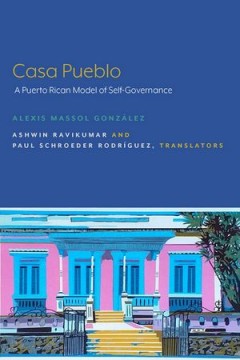
Casa Pueblo A Puerto Rican Model of Self-Governance
- Edition
- -
- ISBN/ISSN
- 9781643150291
- Collation
- -
- Series Title
- -
- Call Number
- -

Between Two Plenums : China’s Intraleadership Conflict, 1959–1962
The origins of the Cultural Revolution are still shrouded in uncertainty. Crucial questions either remain unanswered or have been given answers which derive from conflicting interpretations. To what period can the direct origins of the Cultural Revolution be traced? What issues, if any, divided the leadership, and how deep were these divisions? What was the state of power relations and what was…
- Edition
- -
- ISBN/ISSN
- 9780472902132
- Collation
- -
- Series Title
- -
- Call Number
- 951 JOF b
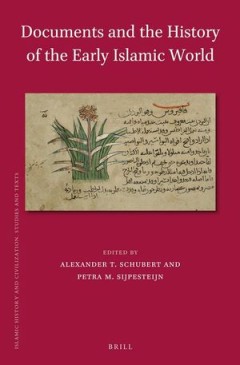
Documents and the History of the Early Islamic World
Historians have long lamented the lack of contemporary documentary sources for the Islamic middle ages and the inhibiting effect this has had on our understanding of this critically important period. Although the field is richly served by surviving evidence, much of it is hard to locate, difficult to access, and philologically intractable. Presenting a mixture of historical studies and new edit…
- Edition
- -
- ISBN/ISSN
- 9789004284340
- Collation
- -
- Series Title
- -
- Call Number
- -
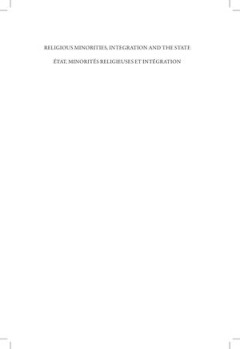
Religious minorities, integration and the State / État, minorités religieus…
Judaism, Christianity and Islam have coexisted in Europe for over 1300 years. The three monotheistic faiths differ in demography, in the moment of their arrival on the continent and in the unequal relations they maintain with power: Christianity was chosen by a large number of inhabitants and became — in spite of important differences according to place and time —a religion of state. The or…
- Edition
- -
- ISBN/ISSN
- 9782503564999
- Collation
- -
- Series Title
- -
- Call Number
- -

Law and Religious Minorities in Medieval Societies
This volume shows through the use of legal sources that law was used to try to erect boundaries between communities in order to regulate or restrict interaction between the faithful and the non-faithful; and at the same time shows how these boundaries were repeatedly transgressed and negotiated. Muslim law developed a clear legal cadre for dhimmīs, inferior but protected non-Muslim communities…
- Edition
- -
- ISBN/ISSN
- 9782503566948
- Collation
- -
- Series Title
- -
- Call Number
- -
 Computer Science, Information & General Works
Computer Science, Information & General Works  Philosophy & Psychology
Philosophy & Psychology  Religion
Religion  Social Sciences
Social Sciences  Language
Language  Pure Science
Pure Science  Applied Sciences
Applied Sciences  Art & Recreation
Art & Recreation  Literature
Literature  History & Geography
History & Geography